Never woven before? Need a refresher? No problem! You are in the right place!
As you read through the blog posts and take classes there are weaving terms that are going to continue to show up.
I have compiled a list of some weaving terms that you will encounter so you can sound like you know what you’re talking about!
Do you like watching videos instead? Check out my YouTube shorts playlist “Learning To Speak Weaving” where I am defining these words and more!
Jump To:
- Warp
- Weft
- EPI
- Plain Weave (Tabby)
- Balanced Weaving
- Weft-Faced Weaving
- Warp-Faced Weaving
- Frame Loom
- Floor Loom
- Selvedge
- Shed
- Shuttle
Warp
The namesake of this blog!
More commonly known as the vertical yarn in a weaving that accounts for the overall structure. This is the yarn that is applied to your loom first and creates the foundation for everything you do. Warp yarns need to be strong and able to withstand a decent amount of tension to avoid breakage while you weave.
Learn how to choose the right warp yarns here!
Learn how to fix a broken warp (in case it does happen) here!
Weft
The horizontal threads that are passed over and under the foundation warp threads.
A good way to remember this is that Weft Goes Left.
I mean it also goes right… but that doesn’t rhyme.
You get the picture.
Weft can be anything from yarn to fabric to grass. This is because it isn’t under the same tension that your warp is. Essentially, pretty much anything can be weft as long as it is long enough to be woven into your weaving.
Inspiring.
Want to learn some about some fun non-traditional weft options?
Learn to make plarn (plastic bag yarn)
EPI
Ends Per Inch.
This refers to the number of warps that reside in every inch of your weaving and it can also be referred to as your warp sett or warp spacing.
Your EPI determines not only the amount of warps you have in your weaving, but also the spacing between each warp. Warp spacing is incredibly important because it helps to determine the kind of weaving you are making. A larger EPI will usually result in a more balanced weave (see below). A smaller EPI will usually result in a weft-faced weave.
As in life – there are exceptions and it is a bit more complicated than that, but that is your general rule.
Plain Weave (Tabby)
Plain weave is the most common weaving structure that you will come across and also the one most people probably thing of when they think of weaving. This weaving structure happens when your weft passes over, then under consecutive warps and then does the opposite in the next line of weaving.
Think of it as over one warp and under the next. Repeat, repeat, repeat. Then switch it up!
Just because this structure is called “plain” doesn’t mean it is boring since lot of types of weavings fit into this description – including balanced weave and tapestry. Not to mention the many different color patterns you can create by weaving over and under.
Learn more about the 3 Basic Weave Structures here
Learn more about plain weave patterns here
Balanced Weaving
One weaving in each hand… j/k.
A balanced weaving is created when there are equal parts warp and weft that are visible.
This usually creates a thinner and better draping weaving, but it depends on the type of yarns you are weaving with.
Balanced weavings usually have a slightly higher EPI because this decreases the space between each warp. The closer together the warps yarns are, the less the weft yarns can easily compress. Less compression means more visibility of the warp.
Whenever you are weaving, the way you beat your weft is really important to create the type of weaving you are aiming for. If you beat to hard despite having a higher EPI, you may not get a balanced weaving.
Learn more about how to correctly beat your weft yarns here
Weft-Faced Weaving
This type of weaving has your weft yarn completely covering up your warp yarn.
This woven fabric is usually created with a smaller EPI which allows more space between your warps. The makes sure that the weft is able to completely compress.
Weft-faced weavings are denser and therefore drape less easily and most often used for wall hangings and rugs.
Tapestry is a very common weft-faced weaving because if you can’t see the warp you can more easily create shapes and imagery. Tapestry isn’t all about imagery, though….
There are now 2 ways to take it – either purchase the whole course at once for a discount or “create your own” course by purchasing just the parts you want! Either way, get 10% off for being a member of the Warped Community!
Warp-Faced Weaving
Warp-faced weaving is basically the opposite of weft-faced weaving. In a warp-faced weaved you see only warp and no weft (or very little weft just on the sides of your weaving).
This type of weaving requires a very high EPI in order to make sure the weft can’t peak out between each warp.
Warp-faced weaving is not as common as other weave structures, but it can create a really interesting effect. Especially when the weft is thick and bulky. In the image below, you can see a warp-faced weaving utilizing different sized wefts and different weaving patterns.
Frame Loom
A frame loom is any sort of portable weaving device that allows you to wrap your warp around it. These frames usually have 4 sides, but not always! You can get frame looms in the shape of a triangle for making shawls or really any other shape you can think of.
These looms can be incredibly simple (think of a picture frame with no glass in it) or much more complicated (a loom that includes systems to make longer, faster, or more complicated weavings). A lot of frame looms can be portable, which makes them a great option for weaving on the go.
Learn about the different types of frame looms here
Floor Loom
Floor looms are larger looms that sit on your floor and use pedals (known as treadles), multiple harnesses, and heddles to create more complicated weavings with less work for you. These looms also allow for an advancing warp where you can create really long projects because the warp will wrap around a beam until you are ready to use it.
They also usually take a significant amount more time to warp and set-up as compared to some other looms, but this set-up allows you to weave up faster once you get started on your actual project.
Some of the most common types of floor looms are Jack, Counter-Balance, and Counter-March.
Selvedge
Your selvedges are the finished sides of your weaving.
Sometimes spelled differently depending on where you are in the world – selvadge or selvege – they all mean the same thing. Selvedges also tend to be some of the hardest things for all weavers to master, but with practice, patience, forgiveness, and some tips you can create straighter sides to your weavings!
Learn about keeping your selvedges straight here
There are also times where your selvedges truly don’t matter! Like when you are planning to use your woven fabric in another project and the selvedges will be buried in your seams.
Learn about when you don’t have to care so much about your selvedges
Shed
Your weaving shed is the space that is created when you raise or lower specific warps to pass your weft yarn through. The warps that move depend on the pattern you are weaving.
Creating a shed while you are weaving is not always necessary, but it does usually makes weaving faster. There are a lot of looms that come with built in shed systems to create the space for you. These looms include floor looms, table looms, rigid heddle looms, and some frame looms.
There are also options for creating a shed on a loom where there is not system already in place.
Learn about creating heddle rods here
Shuttle
A shuttle is a tool used to hold your yarn while weaving. The two most common types of shuttles are flat/stick shuttles and boat shuttles.
These tools allow you to easily move through your shed while holding enough yarn to have to start and stop less. The type of shuttle you decided to choose will depend on a few different things, but they are all helpful while weaving!
Learn all about the different types of shuttles here
There are a lot more weaving terms that will pop up when talking about specific techniques or equipment. Don’t worry, I will go over them as they come up. Once you know these 12 weaving terms, you are ready to get started!
⇣ Love It? Share It! ⇣
You May Also Like



















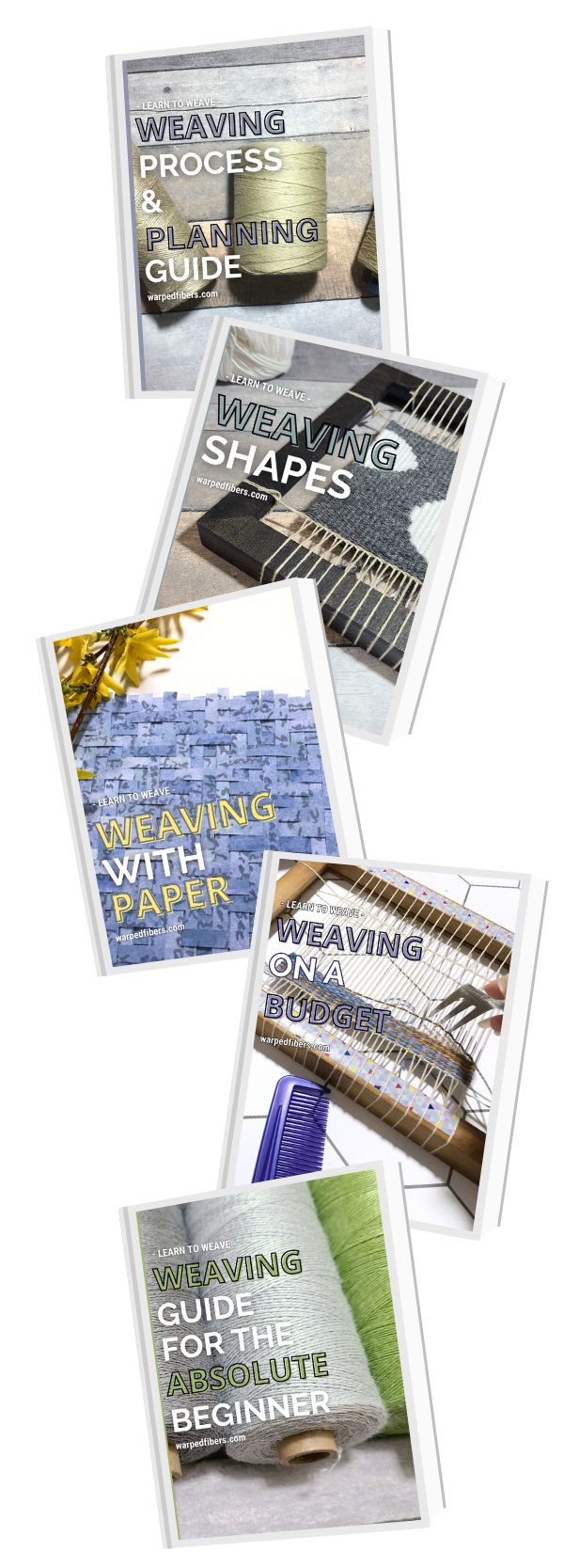
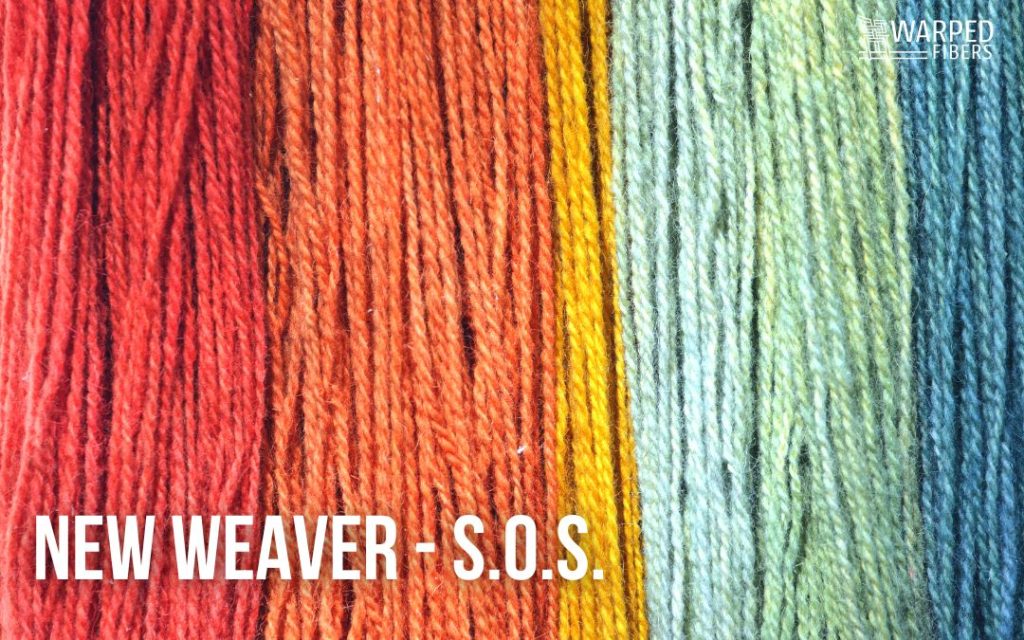

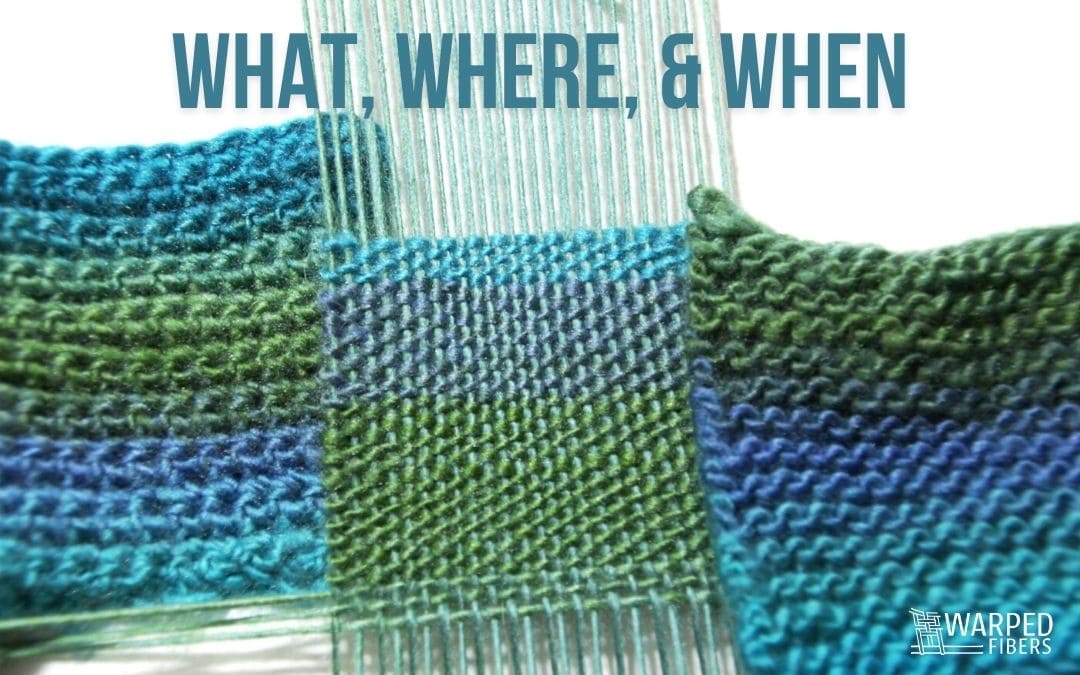

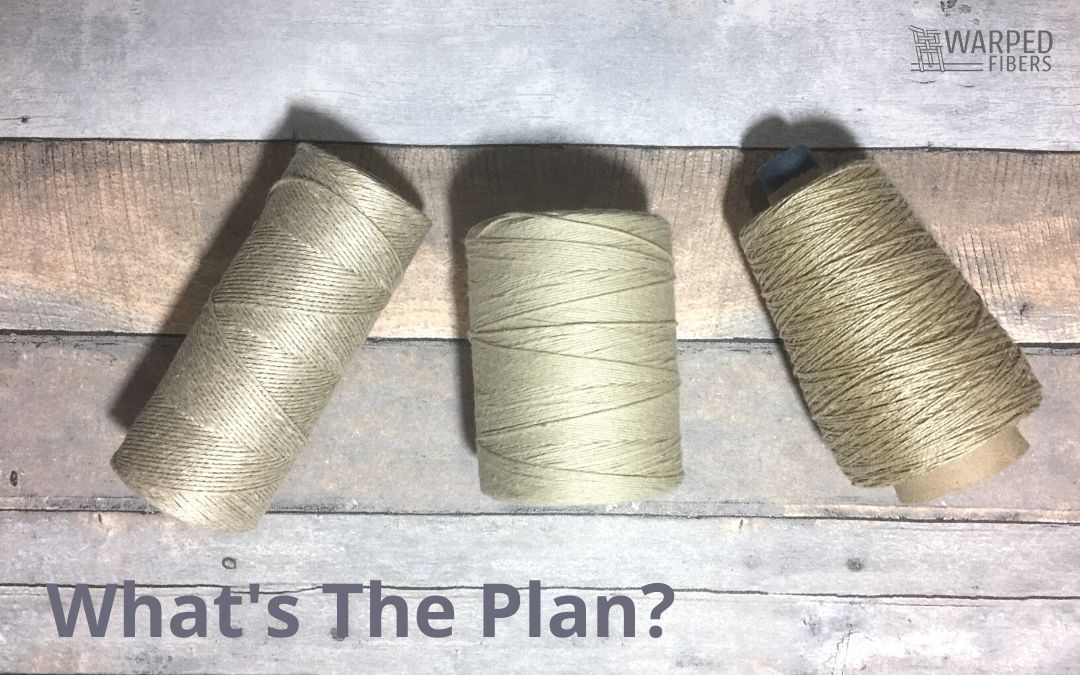

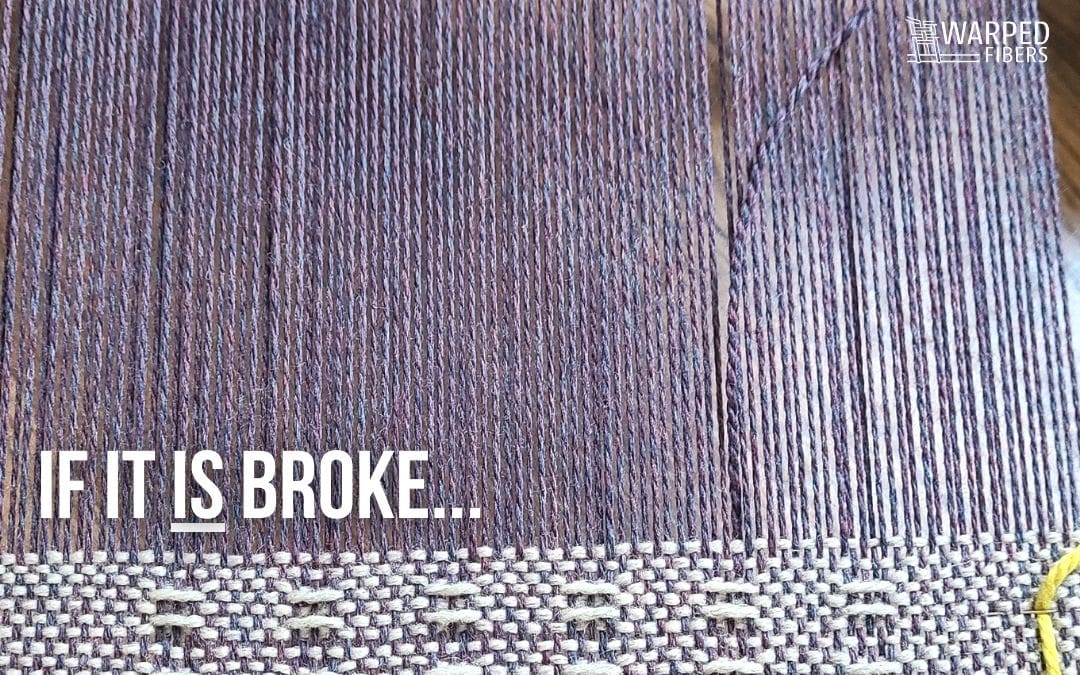

very helpful
I’m so glad you found this helpful!
Can you tell me why an 1810 advertisement from a cotton factory in upstate NY would refer to “Cotton Warp and Filling” for sale to weavers….Would the warp have been a different weight or ??? from the filling, which I believe means weft?
Thanks–It is for a family history of the man who owned the cotton mill….
It’s hard to say, especially since I haven’t seen the advertisement myself. “Filling” has been used as a term for weft, although I haven’t seen it often. Warp is sometimes a different weight than weft, but really it depends on the type of weaving you are making. It’s possible they were just advertising it that way to show its versatility that it could be either warp or weft. Hope this helps!